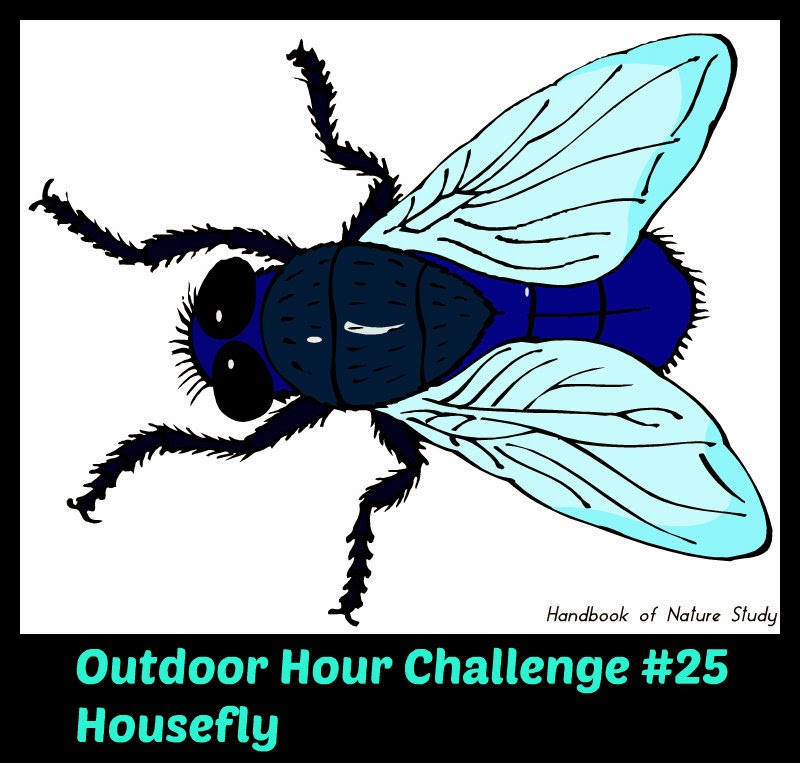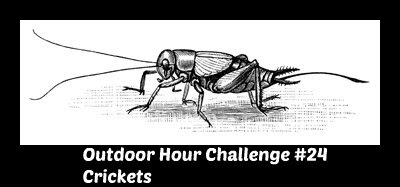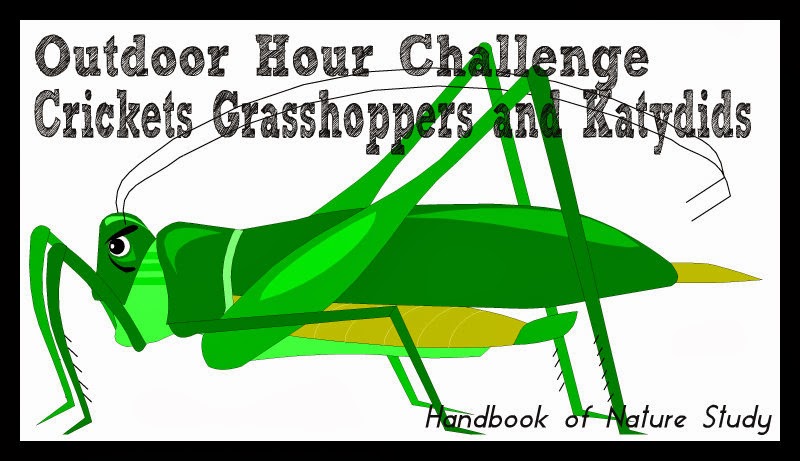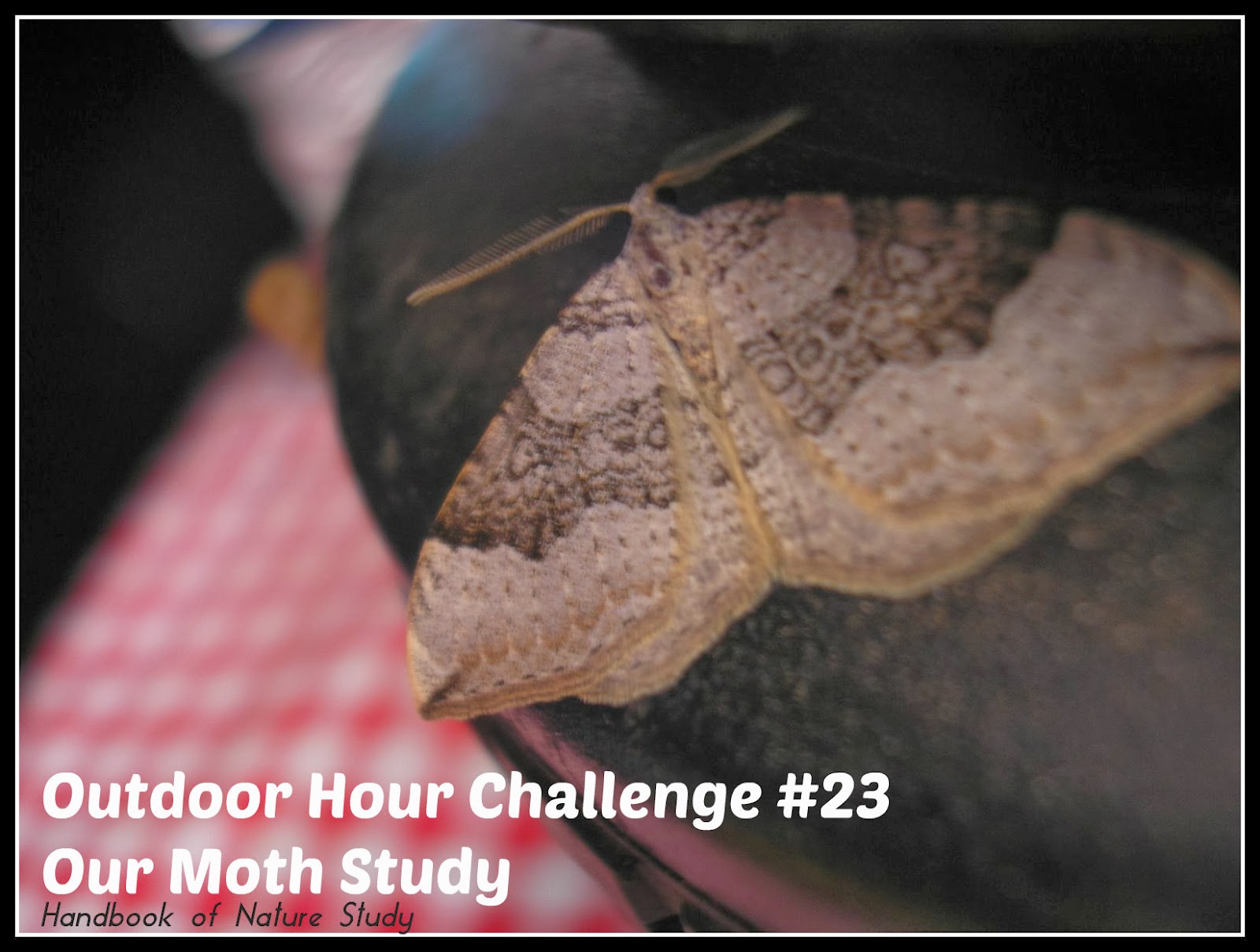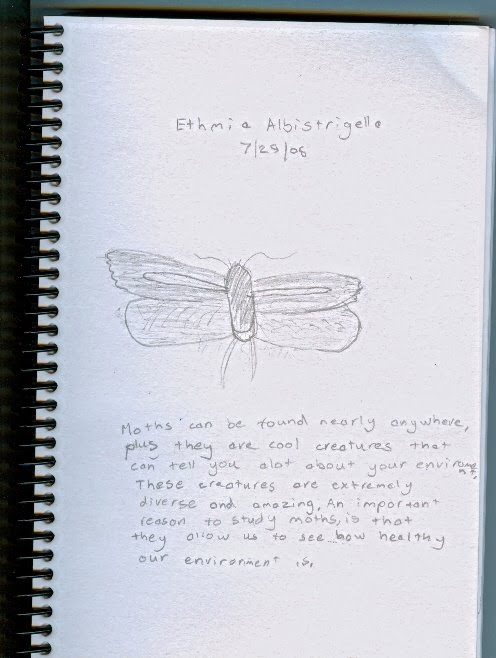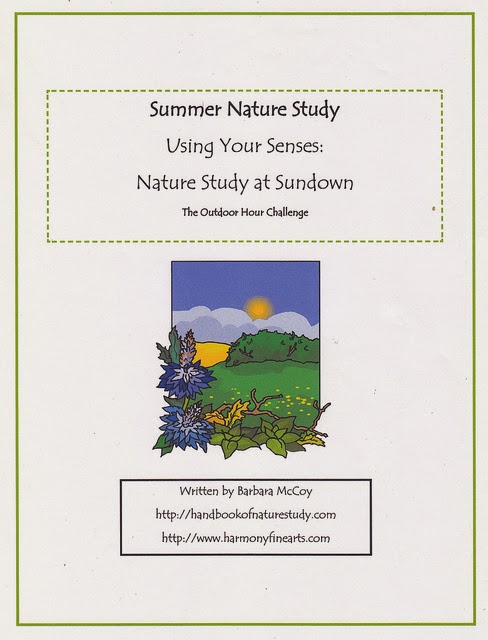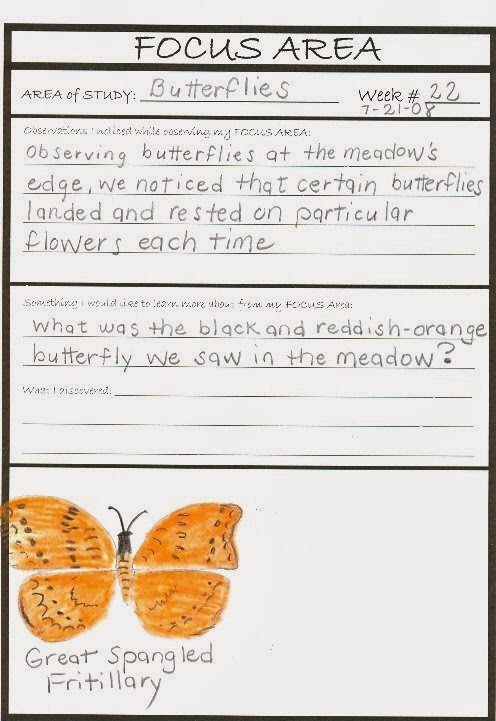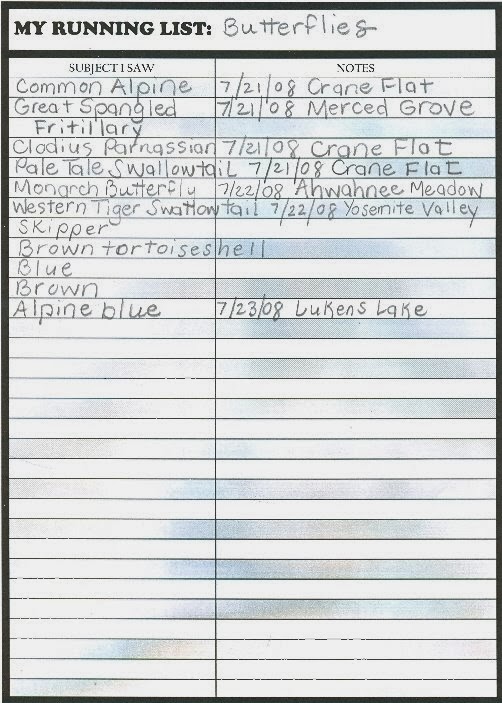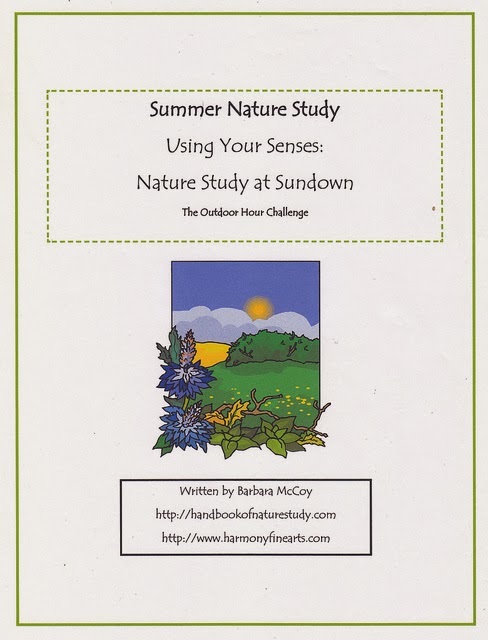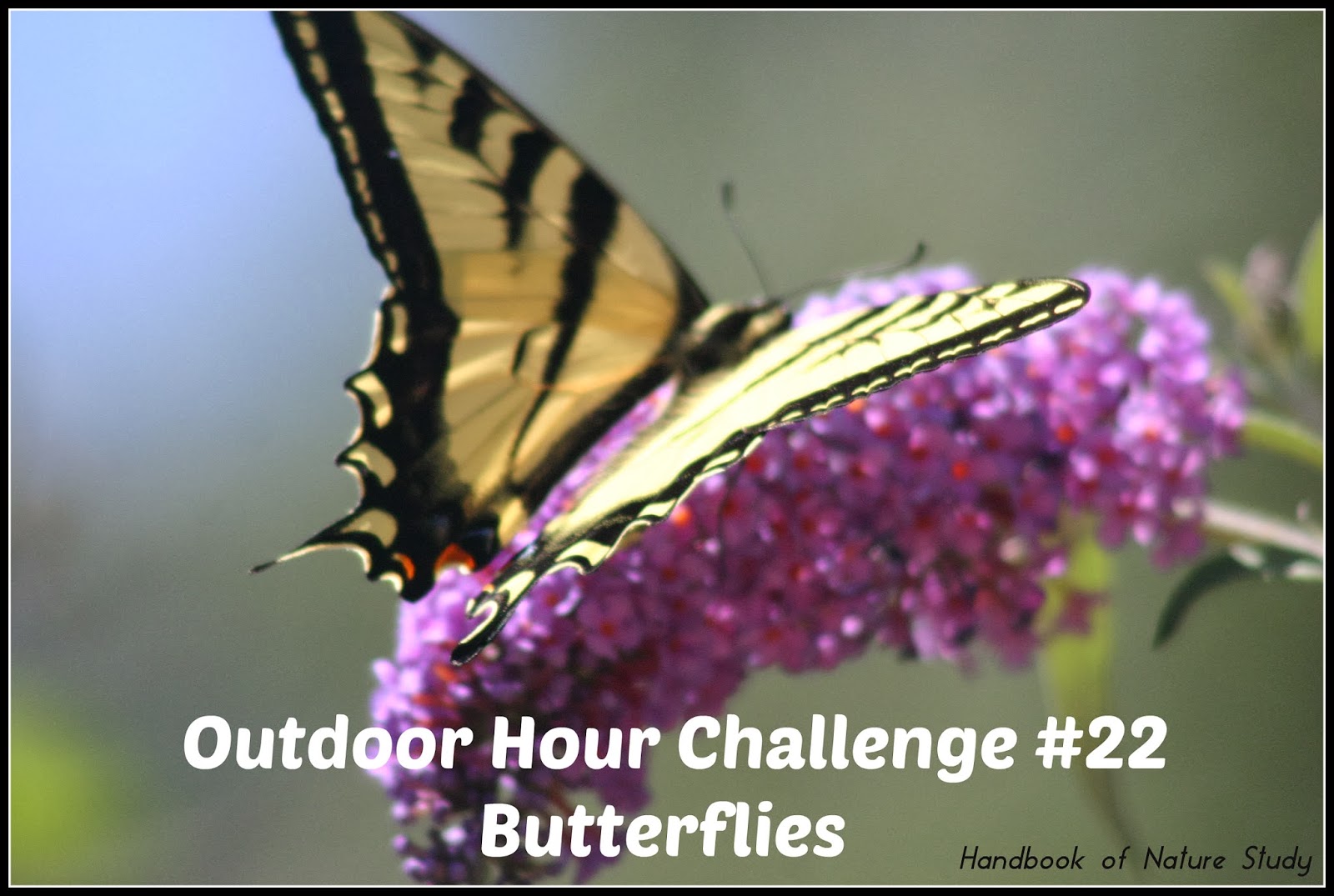“The housefly is one of the most cosmopolitan members of the animal kingdom. It flourishes in every land, plumping itself down in front of us at table, whether we be eating rice in Hong Kong, dhura in Egypt, macaroni in Italy, pie in America, or tamales in Mexico. There it sits, impertinent and imperturbable, taking its toll, letting down its long elephant-trunk tongue, rasping and sucking up such of our meal as fits its needs.”Handbook of Nature Study, page 358
Flies are a nuisance and bother to most people but they do have a purpose. After reading this week’s Handbook of Nature Study pages, you will have a better understanding and appreciation for these particular insects. I was fascinated by the information that Anna Comstock shares about something that is literally right under our noses during our everyday life. It is like most things….what we don’t focus on, we can’t see clearly. Take some time this week to be on the look out for houseflies.
Here is a link to a YouTube video of a fly eating part of a sugar cube. Totally awesome photography.
Housefly Video
(You may want to preview this video, it is a really close-up look at a housefly, sort of creepy.)
Don’t miss this opportunity for nature study this week. If houseflies do not appeal to you or your children, just have some outdoor time together. See what you can find to be interested in together.
Outdoor Hour Challenge #25
Focus on Insects-Housefly
1. This week read about houseflies in the Handbook of Nature Study, pages 358-361. This reading is important this week since we rarely take the time to observe a housefly close-up. Highlight or underline interesting facts as you read so when you introduce the housefly this week to your children you will have a way to remember some interesting tidbits. I know some families like to read the sections together but it works just as well if you find a few points to share with your child after you do the reading yourself. The observation suggestions on pages 360-361 give us specific things to look for. Remember our focus right now is on insects so if you don’t find a fly to observe, you can always look for other insects to study.
2. Your 15-20 minutes of outdoor time this week can be spent looking for insects. We always end up with flies when we eat outdoors. I also have one window that always seems to have a fly buzzing around it. Keep your eyes open for a housefly to observe. Do not worry if you don’t see any this week. If you do your reading, you will be prepared when you next come across this insect.
3. Give the opportunity for a nature journal entry for the fly. If you need ideas for alternative nature journal activities, please see challenges 2 and 3. Keep it simple and let your child draw what interests them in their journal. Help with the writing if they need it.
4. If you observed some other kinds of insects during the week, give the option for making a nature journal for those too. Make sure to pull out the Handbook of Nature Study to see if the insect you found is listed and you can read more about it there. If you are keeping a running list of insects you have observed during this focus period, add the insect’s name to the list.

